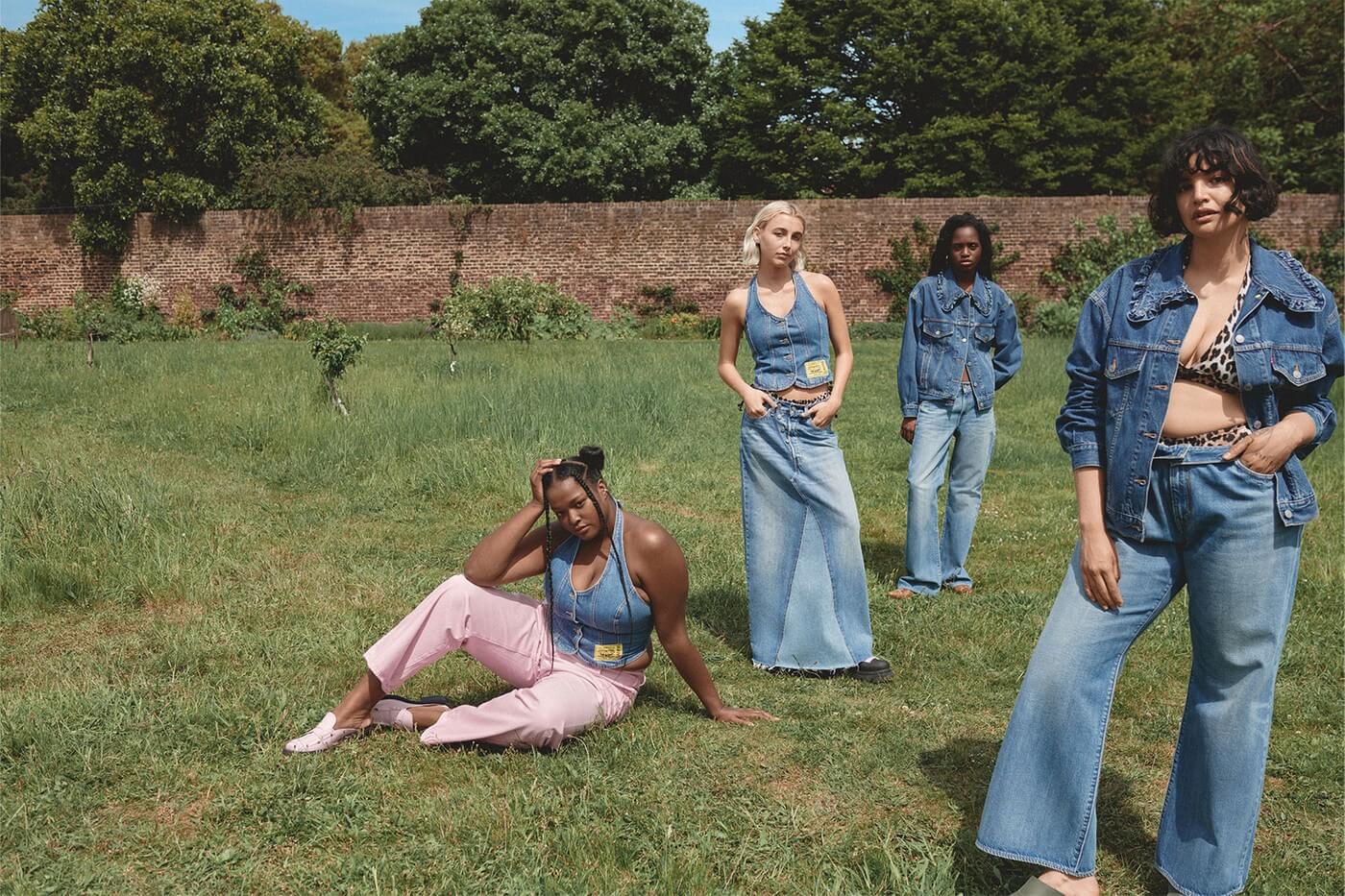Honestly, I can’t understand how one wouldn’t be worried about the fast fashion situation in general, especially recently. At the end of summer, results from the German website Oko-Test revealed that only a third of 21 items ordered from Shein received barely adequate scores; toxic residues were even found on some children’s clothes. Shortly after, the U.S. Consumer Product Safety Commission (CPSC), the government agency tasked with ensuring the safety of products on the market, announced an investigation into platforms like Shein and Temu to assess the safety of the items sold, particularly those for infants. As if that weren’t enough, TikTok is now flooded with viral videos of people finding live scorpions in their Shein packages. Yes, ALIVE scorpions.
And then there are the accusations of worker exploitation, not to mention the near-total lack of transparency regarding material sourcing, resource use, and copyright issues with these products. I find the situation genuinely alarming. Yet, Shein is aiming for a revenue of $60 billion by 2025, while Temu has already hit $52.3 billion. So why is fast fashion speeding up in a moment when slowing down is more necessary than ever?
Overconsumption has become a fact: whether it’s PR products, beauty, or fashion, there’s a trend on social media that pushes a constant need for new and diverse items. But to meet these expectations, it requires people to keep buying more. That’s where giants like Shein, Temu, Aliexpress, Primark, and others come in. A €3 T-shirt? Add to cart. A formal dress that looks well-made in the photos for €15? I need it. Boots that look just like those from a famous luxury brand for only €8? Why not? And still more: wedding dresses, kids’ clothes, trendy accessories—everything is available.
But the question remains: how is it possible to have all of this at such low prices? How can production keep up with the trends, offering replicas of popular items online just a day after they go viral?

It’s easy to give in to temptation, especially for young people who have less financial independence and are more influenced by these “needs” that seem so important in the moment, but often end up forgotten at the back of the closet or put up for sale on Vinted. While legal action to regulate fast fashion is indeed necessary, consumers play a major role too. If demand goes down, supply slows. If stricter regulations are put in place to protect consumers, suppliers, and workers, then quality standards rise. It seems so simple and intuitive. And yet.
And yet, the constant tug of profit, along with the lack of rigorous oversight, keeps fueling the success of fast fashion giants who build their empires on exploitation and counterfeit concepts. Although an increasing awareness of sustainability in fashion is leading to calls for slower production and resource conservation, the global market dynamics and the constant rise of online sales reinforce the need for speed, which is the very essence of fast fashion. It’s almost unbelievable that names like Zara and H&M are now compared with newcomers like Shein, which in just a few years has become one of the most downloaded fashion apps worldwide, offering up to 6,000 new items per day with an average price of just €7.
Does anyone ask how such figures are even possible? What production speeds are needed to create so much in so little time? What about quality control? The answer to all of these questions is that the model is simply unsustainable—for the environment and for human labor. Social media posts and news stories denouncing the negative aspects of fast fashion and the need for change don’t seem enough to drive a true shift. It’s true that seeing all the content exposing fast fashion every day is reassuring, but it’s easier to vent anger than to nurture hope because every one of us must do our part. Even just choosing not to buy that €3 item because you understand that it couldn’t possibly be made at such a low price would already be a giant step. The warning signs are all there, but not enough people are noticing them; meanwhile, the fast fashion industry continues to expand its power.

There is, however, a glimmer of hope: environmental awareness is growing, as are sustainable shopping habits and the search for alternatives to the major fast fashion groups. Buying less and better is a slogan that is starting to gain traction; this is shown, for example, by the boom of platforms like Vinted and Vestiaire Collective, which aim to make fashion more democratic and accessible without needing to add more new items to the market, instead promoting the circulation of existing ones. Additionally, people are seeking uniqueness in their clothes: unlike fast fashion, where products follow the same trends, a second-hand item is more unique simply because it’s not necessarily “on-trend.”
Likewise, global policy can no longer ignore the need for change: the goals are set, the means to achieve them are there, and technological innovation keeps growing. When will there be a true commitment to reach these goals? Transparency is no longer a luxury; it’s a necessity. The fact that fast fashion giants refuse to share production data or are constantly accused of greenwashing should trigger an alarm that, like an echo, resonates through time and space, pushing all consumers to rethink their shopping choices.
I feel like Carrie Bradshaw saying this, but I can’t help but wonder: why is it that when we know we’re driving too fast, we slow down, but we don’t adopt the same caution for an issue that, on multiple levels, affects us all like fashion does? When did fashion for EVERYONE at a low price become fashion that’s TOO MUCH at TOO LOW a price? Let’s think it over. And more importantly, let’s act.






